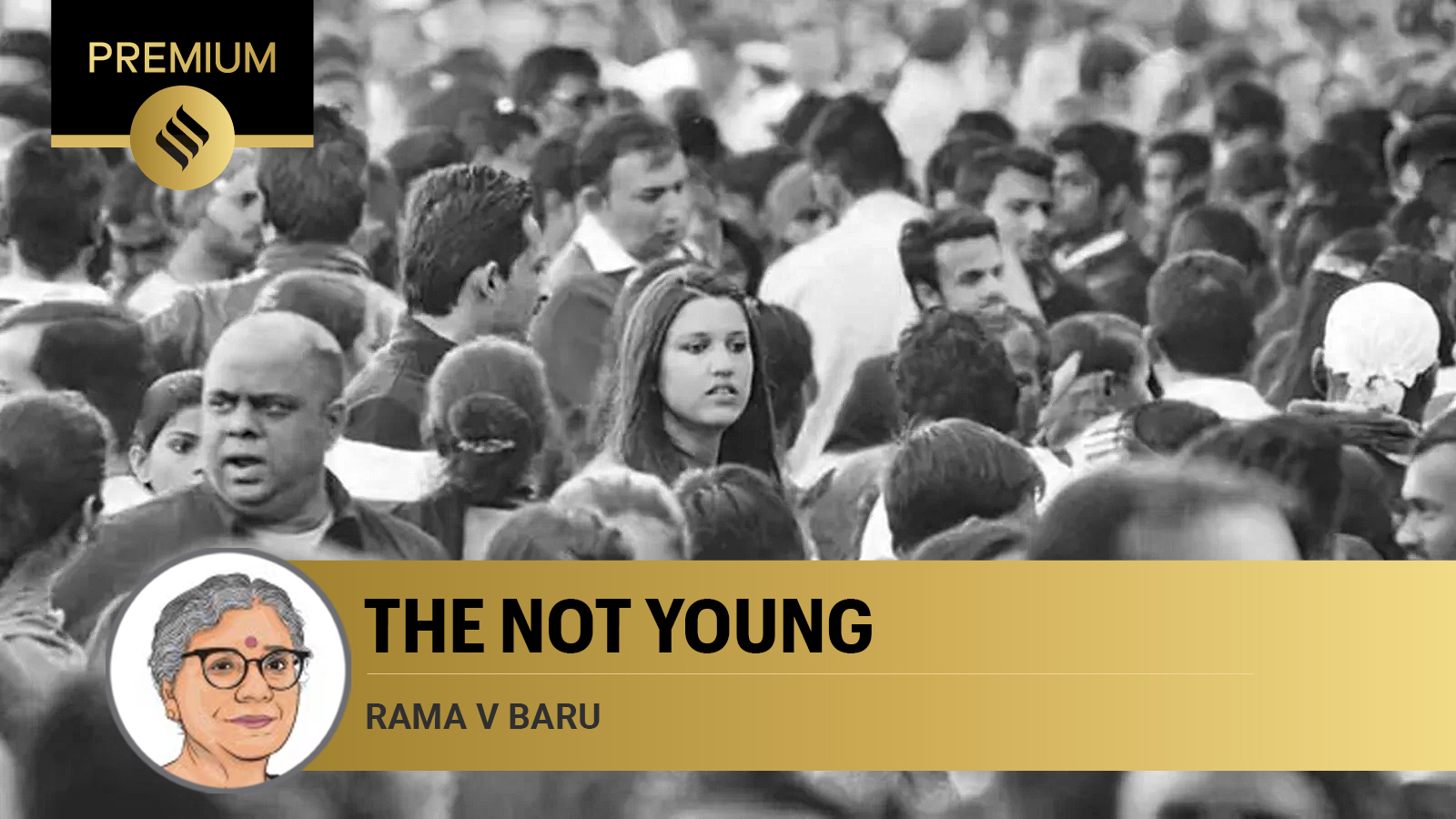Much of the public discourse on Indian demographics focuses on the youth bulge and the challenge of utilising the “demographic dividend”. What does not get equal attention is that India is also ageing, given rising life expectancy, which has implications for social security for older persons. It is estimated that the proportion of older persons in the total population will increase from 8.6 per cent in 2011 to 20.8 per cent in 2050. Inter-state variations are reflected in the age structure of the population, including the ageing experience.
Most states in the southern region and select northern states such as Himachal Pradesh and Punjab reported a higher share of elderly population than the national average in 2021. This gap is expected to widen by 2036.
A significant feature of East and South Asian societies is the rapidity of ageing compared to the experience of Western countries. The magnitude of the increase in the proportion of older persons witnessed over a hundred years in the West has occurred in a mere 20-30 years in South and East Asia. The rapidity of this movement in middle and low-middle-income countries is especially challenging given the inadequate social protection for the elderly, including pensions, access to health and social-care services. Rapid changes in family structures, with the spread of nuclear families, also pose a challenge.
Several East Asian countries have acknowledged this reality and evolved policies to address it. They have integrated health and social care through financial investments, including a variety of insurance schemes, and have strengthened these institutions at the community level.
The needs of older persons do not have a similar level of visibility or policy priority in India. Unlike the East and South East Asian countries, India does not have a universal public pension scheme, health insurance or social-care provisioning, with some health insurance and social welfare schemes targeted only at older persons below the poverty line. Available macro data and a few micro studies highlight inequalities in the availability, accessibility, affordability and acceptability of the services and support needed by older persons.
There is a need to understand older persons’ felt needs from the demand side of the equation. Based on this, one would have to assess the supply side in terms of social protection, insurance schemes, and health and social-care institutions. Given the fractured landscape of financing and provisioning of the required services, one needs to first define the ecosystem of care and then offer a guide to policy planning.
According to the Longitudinal Ageing Survey in India (LASI), those above 60 years suffer from multiple morbidities due to non-communicable diseases that include diabetes, hypertension and cardiovascular conditions. The survey highlights the variations in the social determinants of the health and well-being of older persons. Geographical location, class, caste and gender, work and pensions are important determinants for perceived quality of life. A large proportion of older persons, especially those who continue to work and that too in the unorganised sector, are ineligible for pension or other forms of income support.
While it is well known that the proportion of older persons is higher in rural areas as compared to urban areas, it is assumed that the former fare better largely due to the support offered by family and community.
The Helpage India Report 2024, ‘Ageing in India: Exploring Preparedness and Response to Care Challenges’, carried out across 10 states and 20 cities, highlights the gaps in access to financial security, health and social care. The cross-sectional survey covered Tier I and Tier II cities. Its findings highlight the poor coverage of social pensions, which were largely skewed to the middle classes in government service. As a result, older persons reportedly felt financially insecure and were dependent on their family members for support.
Access to government health insurance like the Ayushman Bharat Programme is seen as being limited to those below the poverty line. Other government insurance programmes like the Central Government Health Scheme (CGHS) or the Employment State Insurance Scheme (ESIS) cover only government employees and those in the organised sector. Older persons face difficulties in claiming insurance due to long processing times, claim deductions and rejections.
Both the LASI survey and the Helpage India Report highlight the burden of multiple morbidities due to one or more Non-Communicable Diseases (NCDs). As the disease burden increases with age, the ability to manage activities of daily living reduces. At this stage, the elderly require both physical and emotional support that is mostly provided by family members. Given the changes in family structure in urban areas, the stress of caregiving falls on women in the household. In households where adult children have migrated for work, older persons often live on their own.
Middle-class families are generally able to afford hired domestic help for elderly care, including nursing care. Institutional support outside the realm of family and home-based care, in the form of retirement communities and long-term and end-of-life care, is poorly developed in India in the public, private and non-profit sectors. The upper-middle class and the rich are able to access the newly emerging retirement communities that provide a range of services for health and social care. The problem is acute for the lower-middle class and the urban and rural poor.
Public policy must unpackage the multiple axes of inequalities in access to financial security, health and social care of older persons. As India becomes an ageing society there are significant gaps in access to pensions, health services and social care for older persons that need to be addressed. Even as the country seeks to encash the “demographic dividend” it must pay attention to healthy ageing.
The writer is former professor, Centre of Social Medicine and Community Health Jawaharlal Nehru University, Delhi



